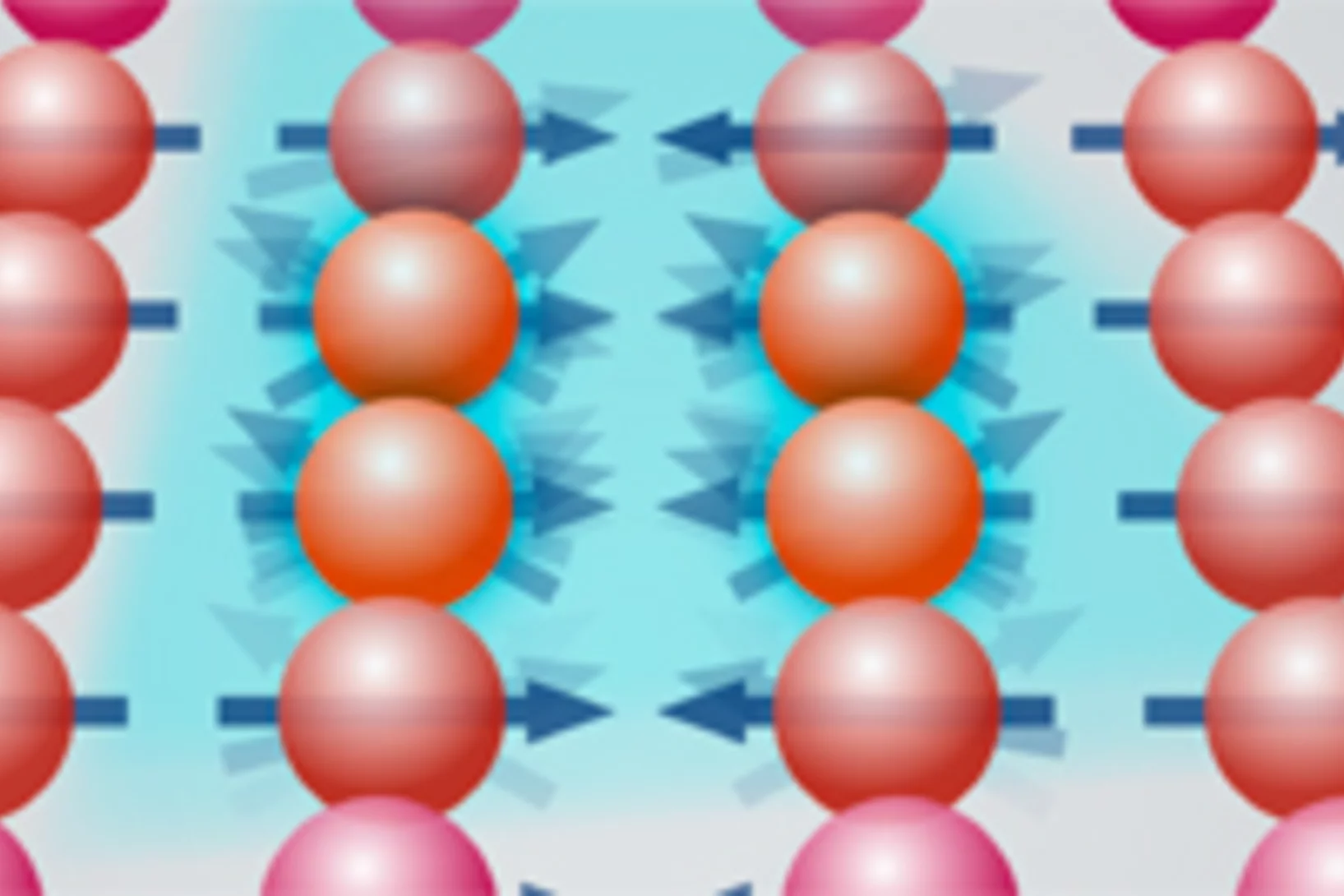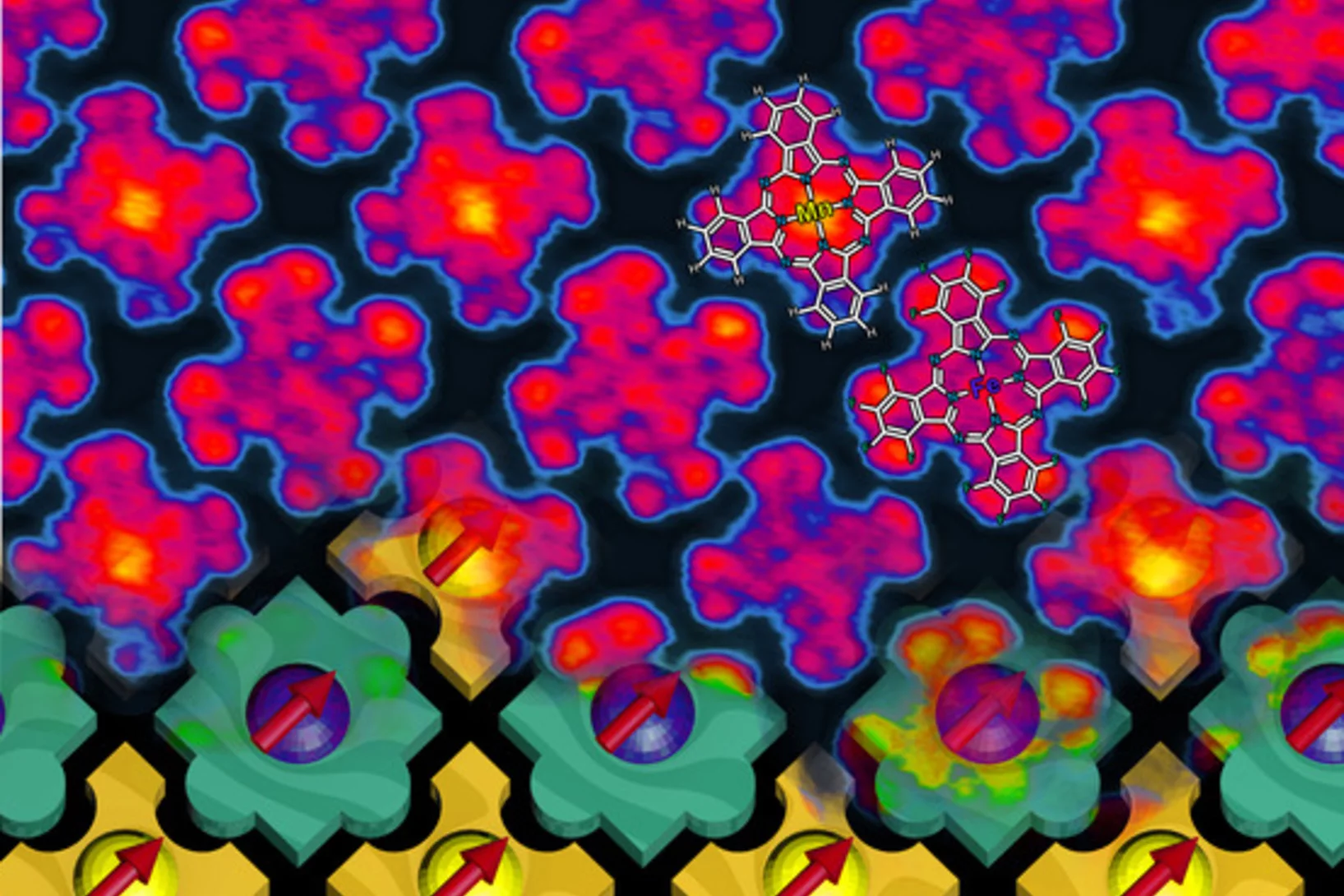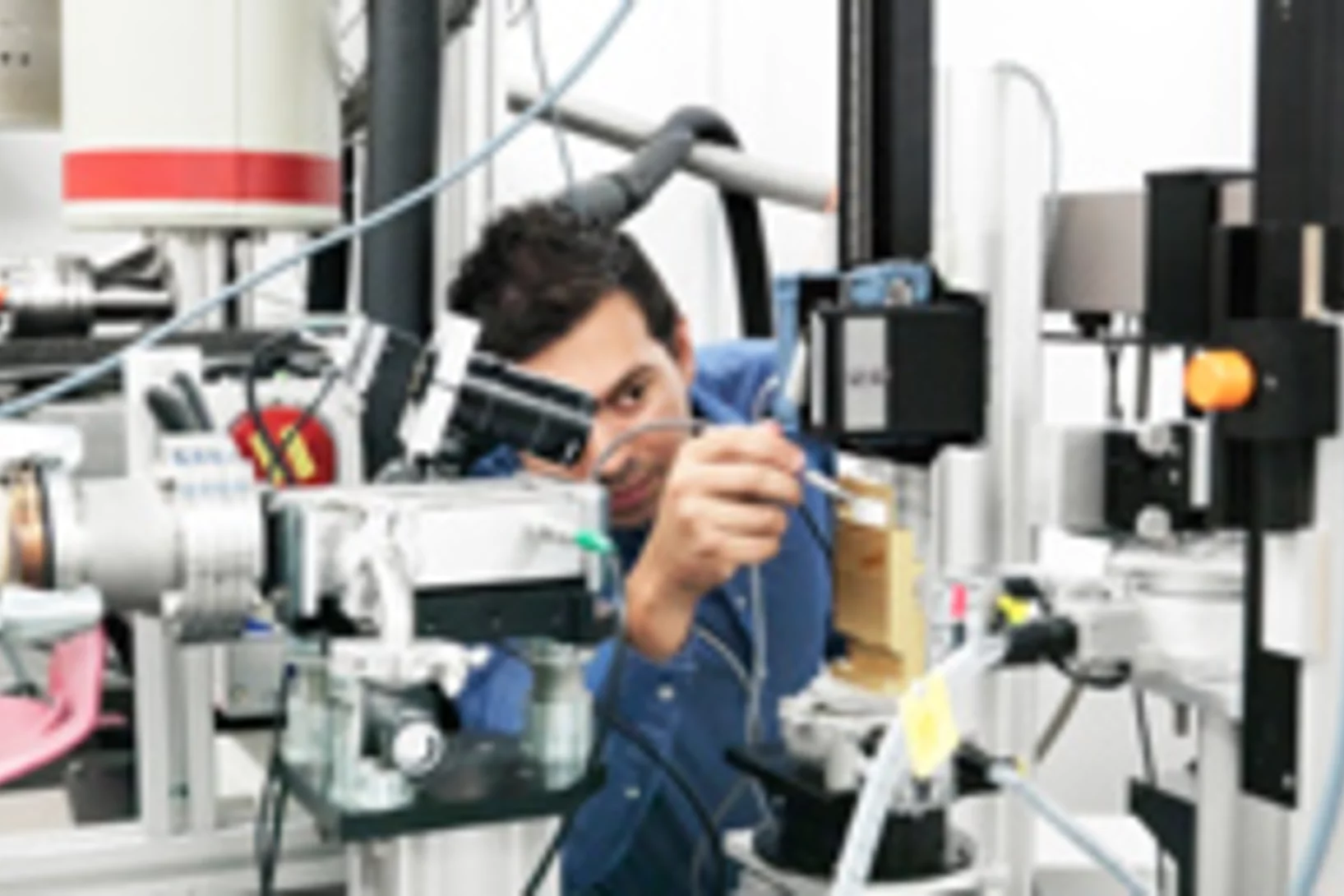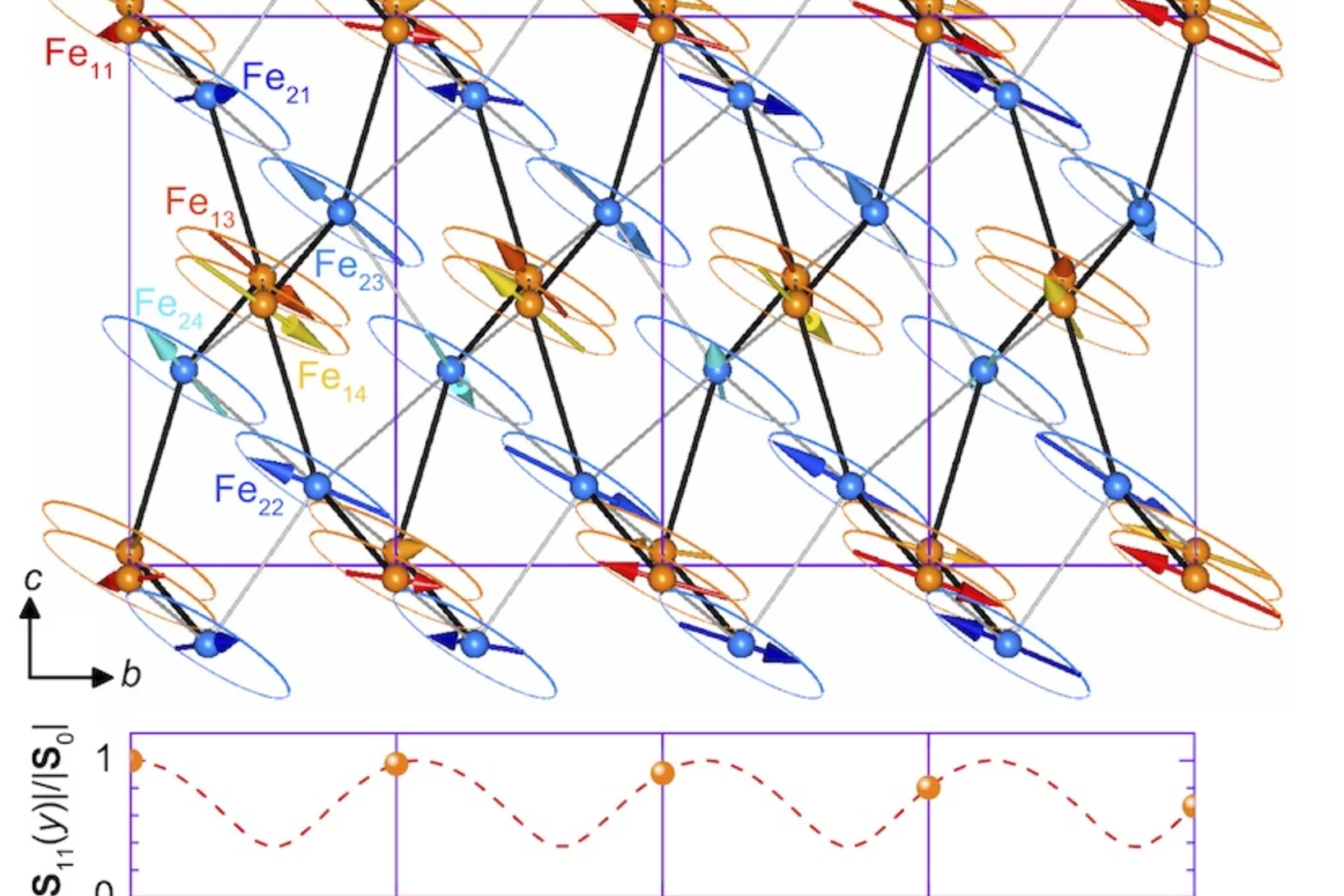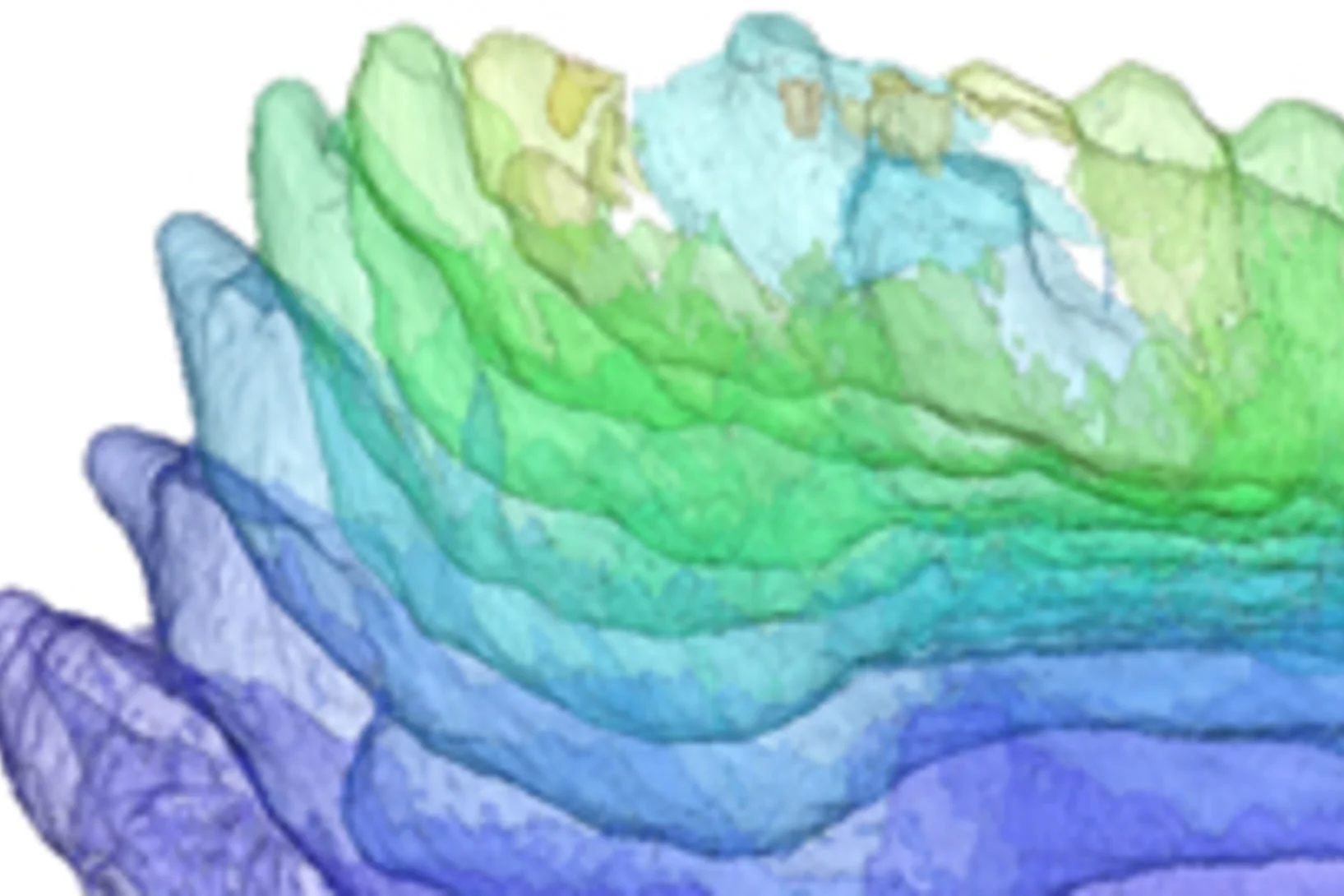Researchers at the Paul Scherrer Institute PSI are looking for answers to essential questions concerning the underlying structures of matter and the fundamental principles of nature. They study the composition and properties of elementary particles – the smallest building blocks of matter – or investigate the structure of biological molecules and how they perform their function. The knowledge gathered in this way opens up new approaches to finding solutions in science, medicine and technology.
Find out more at Overview Fundamentals of Nature
A glimpse inside the control centres of cell communication
Numerous processes taking place within our body, such as sight, smell or taste, are accomplished by an important family of sensors on cell surfaces, which are known as G protein-coupled receptors (GPCR). Researchers have now compared the hitherto known structures of GPCRs and discovered a stabilising framework of fine struts that is characteristic for the architecture of the entire GPCR family. Knowledge about this constructional feature, which has been conserved over the course of evolution, can be of significant assistance in the development of new pharmaceuticals.
From pinholes to sudden death: How fuel cells age
Researchers at the Paul Scherrer Institute PSI have gained valuable insights into one of the most common ageing mechanisms of polymer electrolyte membranes in hydrogen fuel cells. The robustness of these membranes is crucial in determining the lifespan of a fuel cell. The new findings contribute to longer-lasting cells by a better understanding of one of the main challenges for the commercialisation of these clean energy converters.
Joint venture in the bioenergy and resource efficiency sector: PSI and FHNW establish joint institute
The Institute of Biomass and Resource Efficiency was founded by the two institutions, PSI (Paul Scherrer Institute) and FHNW (University of Applied Sciences Northwestern Switzerland), at the start of 2013. The aim of this new institute is to tackle the issue of resource efficiency throughout Switzerland, concentrating simultaneously on energy and material for the first time, and to thus make a significant contribution to the Federal Government’s "Energy Strategy 2050". The focus is on the sustainable use of biomass.
Superconductors surprise with intriguing properties
Scientists at the Paul Scherrer Institute, together with Chinese and German collaborators, have obtained new insights into a class of high-temperature superconductors. The experimental results of this fundamental research study indicate that magnetic interactions are of central importance in the phenomenon of high-temperature superconductivity. This knowledge could help to develop superconductors with enhanced technical properties in the future.
Focussed construction expertise for the SwissFEL
The joint venture EquiFEL Suisse, a consortium of three well-established Swiss companies, has been awarded the contract as general contractor for the construction of the SwissFEL building and for providing the necessary technical infrastructure. The contract for work and services was signed by the Paul Scherrer Institute PSI and the joint venture yesterday evening.
Chemistry: Ten things we need to know about ice and snow
Understanding the molecular behaviour of frozen water is essential for predicting the future of our planet, says Thorsten Bartels-Rausch.
Imaging fluctuations with X-ray microscopy
X-rays are used to investigate nanoscale structures of objects as varied as single cells or magnetic storage media. Yet, high-resolution images impose extreme constraints on both the X ray microscope and the samples under investigation. Researchers at the Technische Universität München the PSI now showed how to relax these conditions without loss of image quality. They further showed how to image objects featuring fast fluctuations, such as the rapid switching events that determine the life time of data storage in magnetic materials.
Imaging fluctuations with X-ray microscopy
X-rays allow an inside look at structures that cannot be imaged using visible light. They are used to investigate nanoscale structures of objects as varied as single cells or magnetic storage media. Yet, high-resolution images impose extreme constraints on both the X ray microscope and the samples under investigation.
Magnetic nano-chessboard puts itself together
Researchers from the Paul Scherrer Institute and the Indian Institute of Science Education and Research have been able to intentionally switch off’ the magnetization of every second molecule in an array of magnetized molecules and thereby create a magnetic nano-chessboard’. To achieve this, they manipulated the quantum state of a part of the molecules in a specific way.
SwissFEL – The facility
Inside the SwissFEL, electrons will be accelerated to almost the speed of light, then forced along a curved pathway by very powerful magnets, emitting X-ray light as they travel. SwissFEL is thus composed of an electron gun’ (which generates the electron beam), an accelerator, and an undulator in which the electrons are guided along a wave-like path. An experimental area lies at the end of this track, where the light produced will be used to perform experiments.
Proton size puzzle reinforced!
An international team of scientists confirmed the surprisingly small value of the proton radius with laser spectroscopy of exotic hydrogen. The experiments were carried out at PSI which is the only research institute in the world providing the necessary amount of muons for the production of the exotic hydrogen atoms made up of a muon and a proton.
All fired up
In many European countries, gas and steam power plants (CCGT plants), also known as combined cycle power plants, are included as options for a safe energy supply. In the 2050 Federal Government Energy Strategy, they are mentioned as a possible replacement for the nuclear power plants that are being phased àout. Combined cycle power plants convert natural gas into electricity using a combination of gas and steam turbines, with very high efficiencies, of around 60 percent. Furthermore, since these power plants can be started up and shut down very quickly, they are ideally suited for compensating production fluctuations from wind and solar power plants. However, their CO2 emissions, whilst the lowest of all conventional power plants using fossil fuels, are still significant. Researchers at the Paul Scherrer Institute are working on a solution for this within the framework of a European Union project.
The fabrication of small molecule organic light-emitting diode pixels by laser-induced forward transfer
Laser-induced forward transfer (LIFT) is a versatile organic light-emitting diode (OLED) pixel deposition process, but has hitherto been applied exclusively to polymeric materials. Here, a modified LIFT process has been used to fabricate small molecule Alq3 organic light-emitting diodes (SMOLEDs). Small molecule thin films are considerably more mechanically brittle than polymeric thin films, which posed significant challenges for LIFT of these materials.
Excitement that rivals a moon landing
Interview with Thomas HuthwelkerThe Paul Scherrer Institut makes its research facilities available to scientists from all over the world. To ensure these scientists are exposed to optimal conditions when they arrive is the hard work of many PSI staff. An interview with one of these scientists provides a glimpse behind the scenes. This interview is taken from the latest issue of the PSI Magazine Fenster zur Forschung
Magnetic nano-chessboard puts itself together
Researchers from the Paul Scherrer Institute and the Indian Institute of Science Education and Research (Pune, India) have managed to ‘turn off’ the magnetization of every second molecule in an array of magnetized molecules and thereby create a ‘magnetic chessboard’. The magnetic molecules were so constructed that they were able to find their places in the nano-chessboard by themselves.
Partially reduced graphene oxide paper: a thin film electrode for electrochemical capacitors
One way to utilize graphene and its’ outstanding specific surface area of 2630 m2g-1 for supercapacitor electrodes is by preparing a so called free-standing graphene paper. Such a flexible, conductive graphene-paper electrode was prepared by a flow-directed filtration of graphene oxide dispersion followed by a gentle thermal reduction treatment of the filtrate. The prepared partially reduced graphene oxide paper (GOPpr) showed a dense packing of graphene sheets with a distinct interlayer distance of 4.35 Å.
The advantages of SwissFEL: Why X-rays?
SwissFEL will generate very short pulses of intense X-ray light with laser-like properties, and will therefore provide new insights into a wide variety of materials. The properties of this special "SwissFEL light" will broaden the scope of experiments that can be carried out at this facility.
The sun rises for cement
Cement holds the world’s buildings together. The binding agent for concrete and other construction materials is, if assessed by global production volumes, one of the world’s most important assets. However, cement production consumes vast amounts of energy à and this is largely obtained by the combustion of fossil fuels. Scientists at the Paul Scherrer Institute and the globally-active Swiss cement manufacturer Holcim want to change this.
Spin ladders and quantum simulators for Tomonaga-Luttinger liquids
Magnetic insulators have proven to be usable as quantum simulators for itinerant interacting quantum systems. In particular the compound (C5H12N)2CuBr4 (for short: (Hpip)2CuBr4) was shown to be a remarkable realization of a Tomonaga-Luttinger liquid (TLL) and allowed us to quantitatively test the TLL theory.
Watching substances convert
Experiments at SwissFEL will help us understand in detail how one substance is transformed into another during a chemical reaction. Highest priority will be given to catalytic reactions, as these have numerous industrial applications. This research will point the way towards more energy-efficient industrial processes and environmentally-friendly energy carriers.
The weak side of the proton
An international research team has determined with a high level of accuracy, how the proton participates in the weak interaction à one of the fundamental forces of nature. Their results confirm the predictions of the Standard Model of particle physics. The experiment observed the probability of muon capture by protons à a process governed by the weak interaction. The experiment was conducted at the Paul Scherrer Institute, the only institute in the world with an accelerator capable of generating enough muons for carrying out this project in a realistic timeframe.
How stabilised cell fibres prevent cancer cell division
Anti-cancer drugs are used under the heading of Chemotherapeutics to prevent cells from dividing. Because the cells in a growing tumour divide more frequently than others, tumour cells are damaged more severely. Scientists at the Paul Scherrer Institute and the ETH Zurich have now clarified the exact mechanism of action of one class of these drugs. The data acquired is so accurate, that targeted drugs could now be developed that are even better suited to fulfil their task.
Variations in diesel soot reactivity along the exhaust after-treatment system, based on the morphology and nanostructure of primary soot particles
The reactivity of soot at different sites of the exhaust after-treatment system of a diesel engine (upstream and downstream of the diesel oxidation catalyst (DOC), downstream of the diesel particulate filter (DPF), as well as inside the DPF) was investigated on the basis of morphology and structure of primary soot particles by high resolution transmission electron microscopy (HRTEM). The results indicate that combustion-formed soot particles are susceptible to further transformations of their morphology within the exhaust system.
Persistent Spin Dynamics Intrinsic to Amplitude-Modulated Long-Range Magnetic Order
In geometrically and/or exchange frustrated materials spin fluctuations may endure down to lowest accessible temperatures - the phenomenon known as persistent spin dynamics. Since spin fluctuations hinder the onset of extended static correlations, persistent spin dynamics and long-range magnetic order are generally considered as mutually exclusive. Remarkably, their coexistence has been found in several frustrated magnetic systems but was lacking a suitable explanation.
Die neue Schweizer Energiepolitik: Woher kommt der Strom?
Der neue Energie-Spiegel ist da.Mit der neuen Energiepolitik kommen grosse Veränderungen auf die Schweizer Stromversorgung zu. Werden erneuerbare Energiequellen genug Strom produzieren, um nach dem Aus der Kernkraftwerke unseren Verbrauch zu decken? Oder müssen wir uns in Zukunft auf Gaskraftwerke und Stromimporte verlassen? Und wie wirkt sich die neue Energiepolitik auf die CO2-Bilanz und die Stromkosten aus? Diese Fragen versucht die neueste Ausgabe des Energie-Spiegels zu beantworten.This news release is only available in German.
Electric field control of the skyrmion lattice in Cu2OSeO3
Skyrmions are topologically protected magnetic spin 'whirls' that form a hexagonal 2D lattice in non-centrosymmetric magnets. Until recently, skyrmions had only been observed in itinerant metallic alloys such as MnSi, where they can also be manipulated by applied electric currents.
The evolutionary origins of our pretty smile
Until recently, it was not obvious whether the earliest vertebrates (animals with a backbone) which had jawbones already possessed teeth or not. Now, an international research team has shown that the jaws of the prehistoric fish Compagopiscis already had teeth. This means that teeth appeared at the same evolutionary time as jaws à or at least shortly afterwards. The leaders of this project were scientists from the University of Bristol, England, who carried out their decisive experiments at the SLS at PSI.
X-rays provide insights into volcanic processes
Experiments performed at the Paul Scherrer Institute (PSI) investigate processes inside volcanic materials that determine whether a volcano will erupt violently or mildly.
X-rays provide insights into volcanic processes
Experiments performed at the Paul Scherrer Institute (PSI) investigate processes inside volcanic materials that determine whether a volcano will erupt violently or mildly. In the experiments, scientists heated small pieces of volcanic material similarly to conditions present at the beginning of a volcanic eruption. They used X-rays from the SLS to observe, in real time, what happens to the rock as it goes from the solid to the molten state.
Nobelpreiswürdig: G-Protein-gekoppelte Rezeptoren
Der Nobelpreis für Chemie geht in diesem Jahr an Robert J. Lefkowitz und Brian K. Kobilka. Sie haben herausgefunden, wie eine Familie von Rezeptoren funktioniert, die man G-Protein-gekoppelte Rezeptoren (GPCR) nennt. Auch am PSI leisten Wissenschaftler Beiträge auf diesem Forschungsgebiet.This news release is only available in German.




